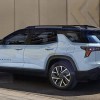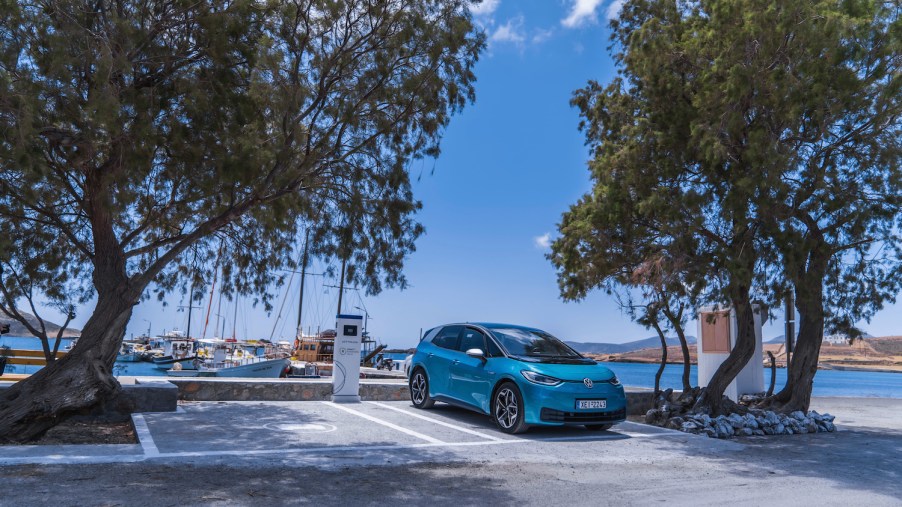
EVs are Transforming Islands Into Renewable Energy Pioneers
I was walking in San Juan, Puerto Rico, when I saw a brand-new Tesla driving down the street. My first thought was that an EV would be absolutely perfect for island life. The entire island of Puerto Rico is only 100 miles long and 35 miles wide, so many Tesla models offer enough range to drive from one end to the other on a single charge. Not every island has great electric infrastructure, but it is actually EV companies that are addressing this to transform many islands into renewable energy pioneers.
EV range is perfect for island life
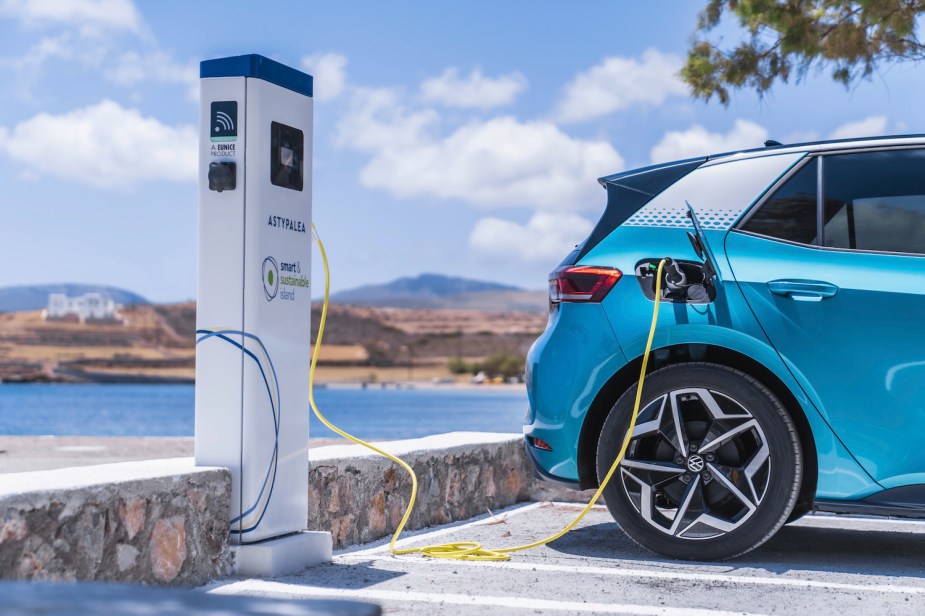
On the mainland, many drivers cite range anxiety as their reason for not buying an EV. The logic goes like this: many folks take occasional long road trips. EVs, even when engineered with extended-range batteries, take a long time to charge up. This slow charging cuts into driving time and makes long road trips difficult to pull off.
Perhaps this EV shortcoming is exaggerated or perhaps automakers will find a solution for it in the future. But in the meantime, the problem is almost nonexistent for island residents because long road trips are not part of their lifestyle.
Sure, some islands are connected to the mainland by car ferry, so residents could conceivably take their personal car on a long road trip. But another option would be taking a walk on/walk off ferry and renting a car on the mainland.
Many islands are adopting renewable energy
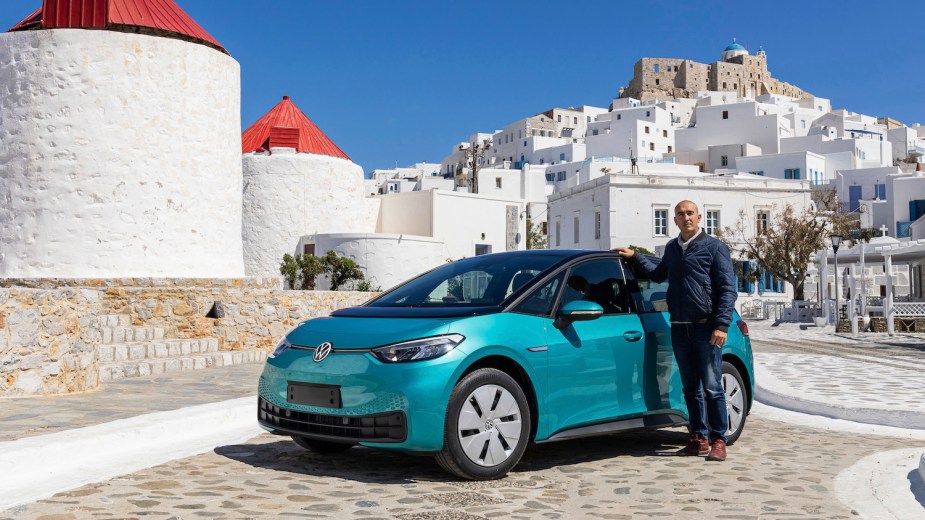
In the past, some islands did not offer the electric grid infrastructure to support a large EV fleet. Some get power from the mainland via underwater cables. Others generate their own electricity by importing and burning fossil fuels. But times are changing.
According to Virta.Global, islands in many parts of the world are prime locations for harnessing renewable wind energy, tidal energy, and solar energy. Every climate is different, but once islands invest in the infrastructure, they can have a robust electrical grid and relatively cheap energy.
This is why Iceland is currently a world leader in renewable energy and electric vehicle adoption. Another example is the Azores archipelago in the Atlantic. These islands are pivoting away from burning imported fuel to make power and are setting up hydropower, windmills, and even geothermal plants. In certain weather conditions, Azores residents enjoy 100% renewable electricity.
EV automakers are investing in island infrastructure
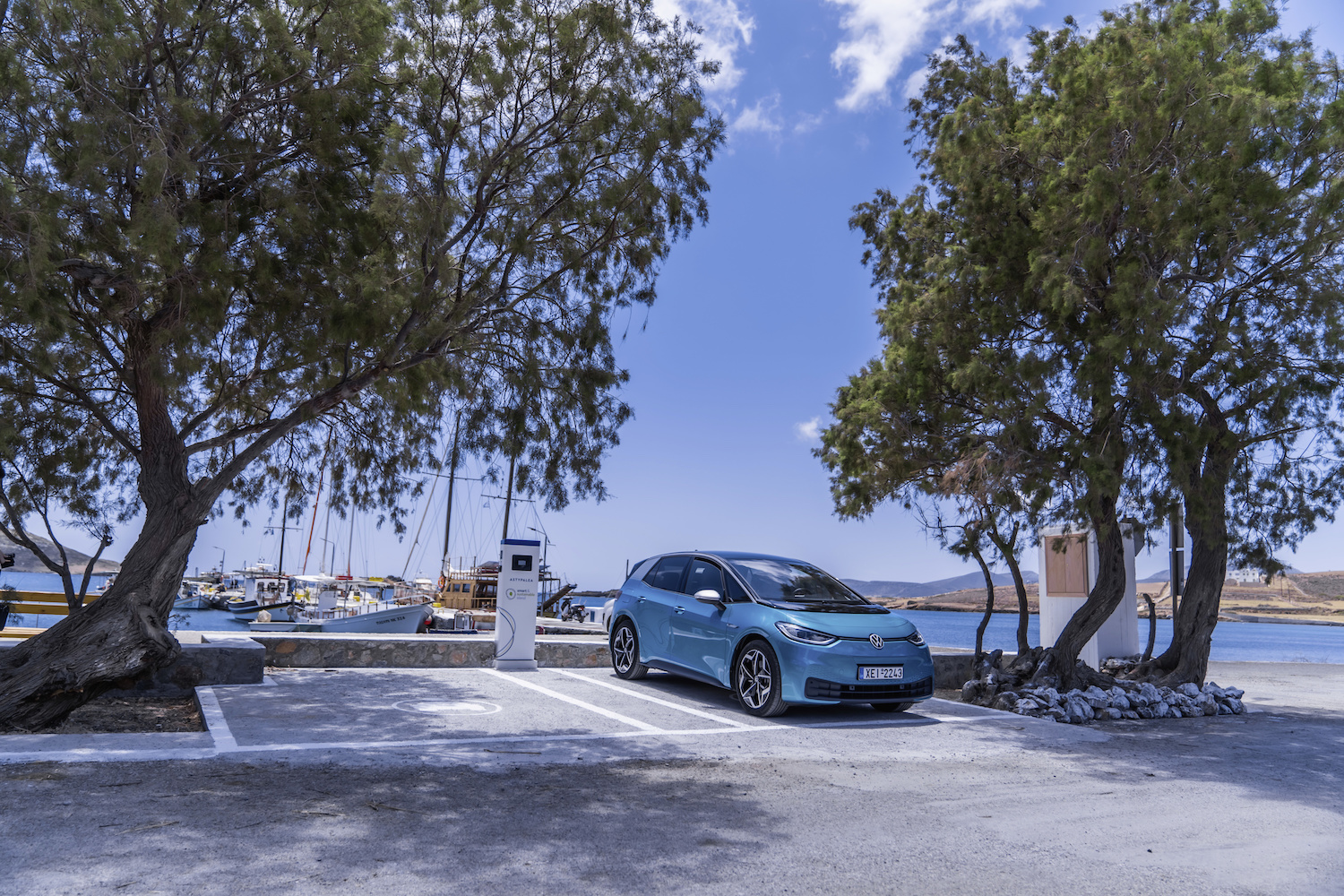
Islands with renewable energy sources powering exclusively EV fleets would make for a great marketing opportunity. This is why Volkswagen is helping the Greek island Astypalea go green.
VW’s venture is called the Smart & Sustainable Island project–according to Inside EVs. The project is building out an electric rideshare network and helping export old cars to recycle.
“E-mobility is a perfect match for Astypalea…The distances here are short, the power consumption is low, and the charging network is now very well developed. I really hope that Astypalea will inspire other regions to increase their efforts for climate protection [by] adopting e-mobility solutions.”
Thanos Papagiannis, Astypalea resident and ID.3 driver
Next, find out why electric 4x4s will be better off-road or see more on VW’s work in Astypalea in the video below:
